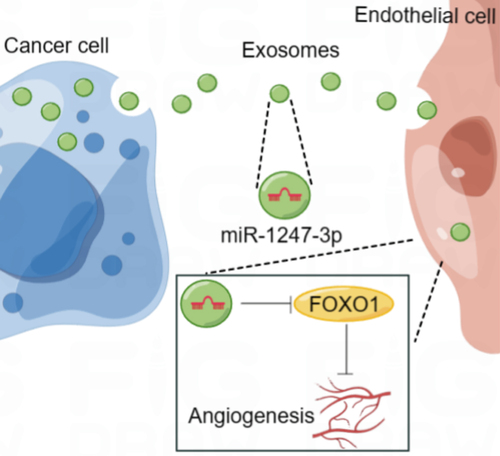Figures & data
Figure 1. Isolation and identification of exosomes from bladder cancer cells.
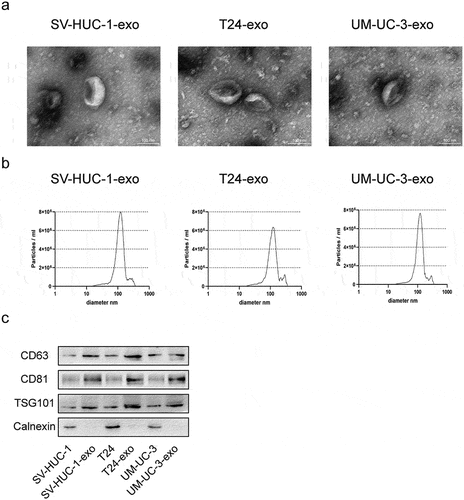
Figure 2. Effect of bladder cancer cells-derived exosomes on angiogenesis.
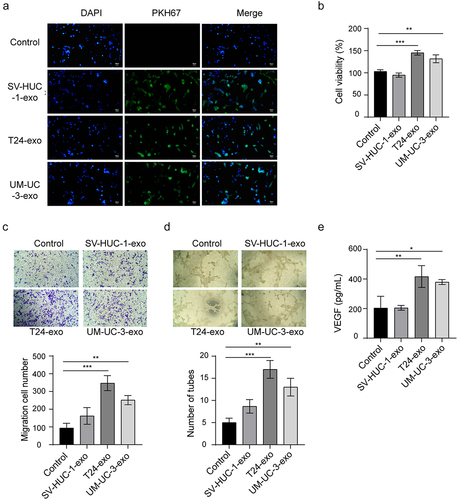
Figure 3. The role of bladder cancer cells-derived exosomal miR-1247-3p in angiogenesis.

Figure 4. miR-1247-3p targets FOXO1 directly in bladder cancer cells.
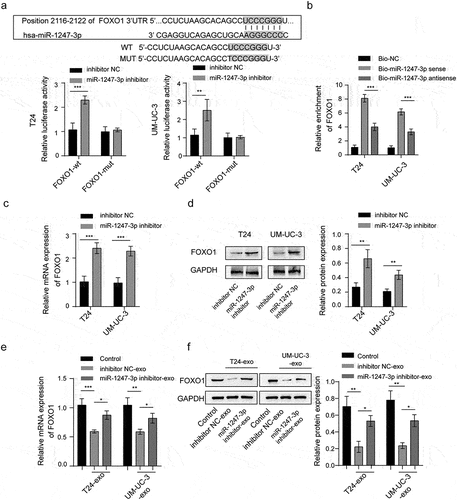
Figure 5. miR-1247-3p regulates angiogenesis through targeting FOXO1.
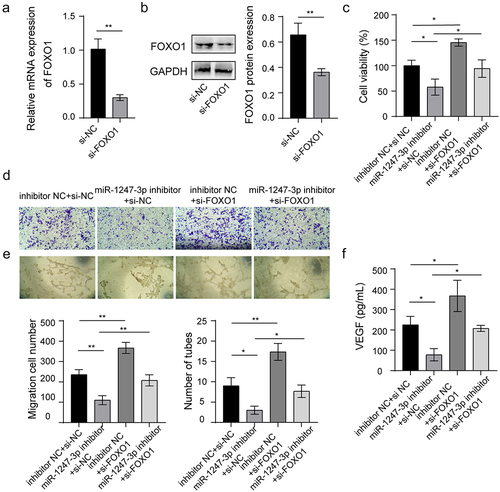
Supplemental Material
Download MS Word (39.7 KB)Data availability statement
The datasets used or analyzed during the current study are available from the corresponding author on reasonable request.

